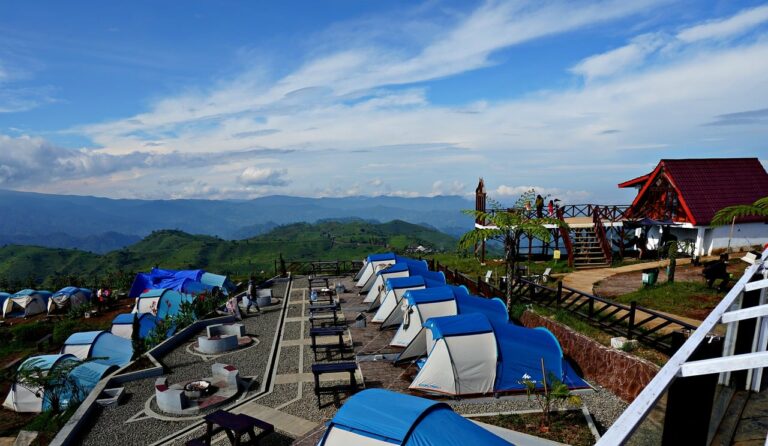Accessible Travel: Making Destinations Inclusive for People of All Abilities
Traveling can be an enriching experience for people of all abilities, but it’s essential for destinations to ensure that they are accessible to everyone. From hotels and restaurants to tourist attractions and public transportation, it’s crucial for businesses and organizations in the travel industry to prioritize inclusivity. By investing in accessible infrastructure and services, destinations can create a welcoming environment that caters to the diverse needs of all travelers.
Understanding the unique challenges faced by individuals with disabilities is key to making destinations more inclusive. Mobility issues, visual impairments, hearing impairments, and cognitive disabilities are just some of the factors that can impact a person’s ability to travel comfortably. By taking these factors into account and implementing appropriate accommodations, destinations can make significant strides towards becoming truly accessible to all.
Understanding Different Types of Disabilities and Their Impact on Travel
People with disabilities often face unique challenges when traveling, as different types of disabilities can have varying impacts on their ability to navigate and enjoy destinations. Mobility disabilities, such as paralysis or limited physical movements, can make it difficult to access certain modes of transportation, accommodations, and attractions. This can result in a need for special accommodations like wheelchair ramps, accessible restrooms, and transportation options that cater to those with mobility limitations.
Visual impairments can also significantly affect travel experiences, as individuals may require braille signage, audio descriptions, or assistance from guides to navigate unfamiliar places. Without proper accommodations and inclusive resources, individuals with visual impairments may struggle to fully engage with the sights and activities that a destination has to offer. It is essential for travel providers to consider the diverse needs of individuals with visual impairments and ensure that their services and facilities are designed to promote accessibility and inclusivity.
What are some common types of disabilities that can impact travel?
Common types of disabilities that can impact travel include mobility impairments, visual impairments, hearing impairments, cognitive disabilities, and mental health conditions.
How can destinations ensure they are welcoming to travelers with disabilities?
Destinations can ensure they are welcoming to travelers with disabilities by providing accessible transportation, accommodations, attractions, and facilities. They can also train staff to be knowledgeable and respectful of the needs of travelers with disabilities.
What are some tips for travelers with disabilities to have a smooth travel experience?
Some tips for travelers with disabilities to have a smooth travel experience include researching accessibility options at their destination, communicating their needs in advance to airlines and hotels, packing necessary medical supplies and medications, and being prepared for any unexpected challenges.
How can travel companies and organizations improve accessibility for travelers with disabilities?
Travel companies and organizations can improve accessibility for travelers with disabilities by implementing accessible design features, offering training for staff on how to assist travelers with disabilities, and providing resources and information on accessibility options for travelers with disabilities.





